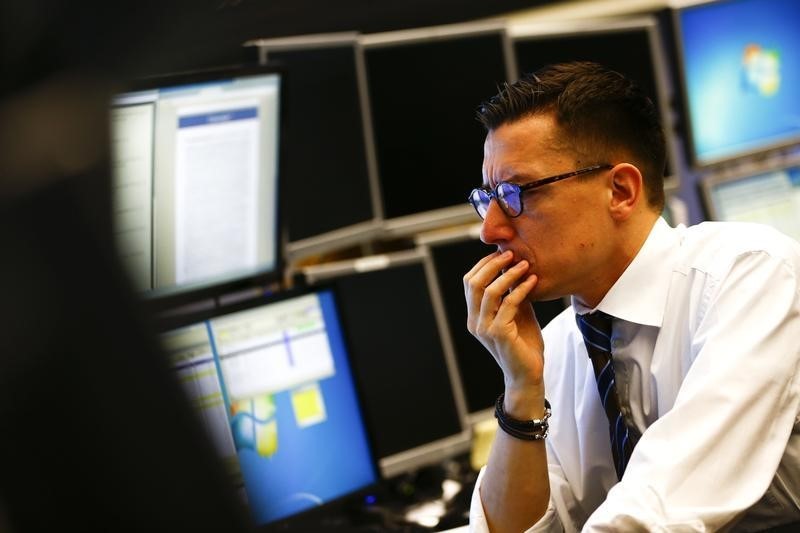In this tech-enabled world, it's hardly surprising that the tax authorities have got on the tech bandwagon and are using a wide range of technological tools to boost their compliance abilities. Amongst the tools at the ATO’s disposal are:
- data and analytics;
- technology; and
- cyber security.
This approach drives every aspect of the ATO’s operations from the lodgement of tax returns, through to the monitoring of taxpayer’s debts and real-time monitoring of taxpayer’s transactions and lifestyles with a view to looking for discrepancies between their reported activity and their actual day-to-day life.
Some examples of the ATO’s ongoing investment in technology include:
1. The expansion of the collection and use of third-party data
Increased use, collection and sharing of verified third-party data (for example, from employers, banks, rental property platforms and share registries) feed into an increased ability to pre-fill tax returns, to match identities and to check on data submitted in tax returns.
In addition, it lays the foundation for a future that enables real-time event-based processing (for example, as soon as you dispose of an asset, the ATO will know about it), which will make the taxation system increasingly seamless, difficult to avoid and will reduce the chance for errors.
2. Use of real-time and event-based data and analytics
This enables the ATO to gather faster, more accurate data which it can then use in its compliance activities. For example, digital substantiation will enable real-time or event-based proof of taxpayer’s claims.
Imagine if the ATO instantly knows that you have sold a property or a parcel of shares, or that every business transaction is instantly recorded via a POS system with the ATO!
In addition, 'nearest neighbour' analysis (comparing you to other taxpayers who are physically or figuratively close – including physical neighbours and people who have the same demographic profile as you) is currently used to compare amounts being entered into myTax, with those of other people in similar circumstances, along with other checks. If a claim is significantly different to what is expected, a message appears, prompting the taxpayer to check their figures.
3. Expand use of taxpayer’s digital identity to minimise fraud
This will enable the ATO to enhance its identity management processes to reduce the risk of unauthorised access to confidential information and help protect taxpayers from identity theft.
Utilising the highest levels of identity proofing (possibly including facial recognition software in future) will enable the ATO to secure high-risk transactions such as lodgements and payments.
4. Accelerated decision making
The ATO uses a common form of artificial intelligence known as machine learning. Machine learning algorithms can consume large amounts of data and provide timely analysis and assessment. Machine learning means that a process which could take months, if done manually, can be done in days, saving time and resources.
Machines are trained to use historical data to make improvements and are faster than ever at consuming vast quantities of information. This has helped the ATO to refine its audit and review capability, leading to faster outcomes and more cases of non-compliance picked up.
For example, the ATO’s 'deep learning' models have helped ATO staff identify $295 million in superannuation guarantee underpayments and natural language models have scoured leaked documents, such as the Panama Papers, to detect $242 million owed by tax evaders since 2018.
The ATO has also used gradient-boosting machine learning models to identify rapid evolutions in GST fraud behaviour.
Gradient-boosting models work by building models in sequence where each successive model tries to reduce the errors in the previous model.
As a result, the ATO has taken compliance action against more than 53,000 taxpayers and stopped about $2.5 billion in fraudulent GST refunds.
5. The drawbacks of technology
Of course, the ATO’s reliance on technology comes with some significant risks and drawbacks.
All uses of automation and AI must have decision controls and human oversight and, in an era where the ATO is being pressed to save money by government, there is a risk that too much emphasis is put on the technological solutions and not enough on the human oversight.
We already see this in the large number of correctly completed tax returns which are simply spat out by the ATO’s computer systems – a classic case of 'the computer says no!'
Author Mark Chapman is director of Tax Communications at H&R Block.
